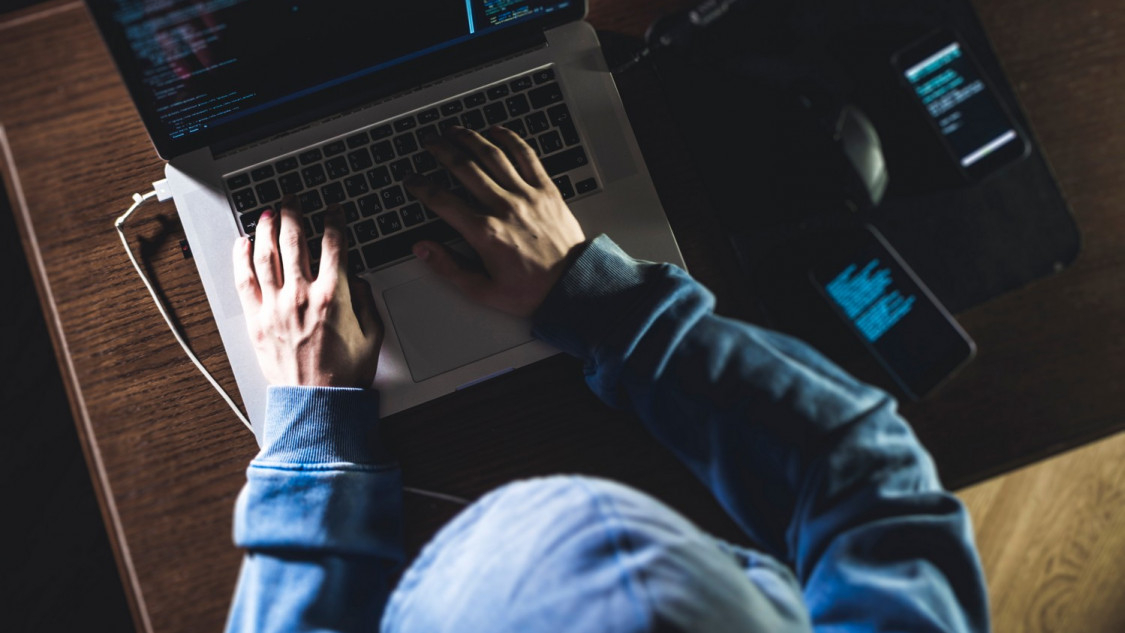
Policy-makers face the harsh dilemma of having to mitigate an economic slowdown and revenue shortfalls, in addition to a rapidly growing infection rate. The biggest challenge for the next couple of months will be to determine how long lockdown measures should be kept in place.
Currently, an estimated 20% of the world population is under lockdown. This poses a huge dilemma for decision-makers. On the one hand, social distancing measures are vital to slowing down the spread of COVID-19 and protecting the population. On the other hand, the economic slowdown that is the result of people and nations quarantining themselves is increasing unemployment rates and decreasing government revenues.
According to OECD’s best-case scenario, global growth will slow down to 2.4 percent in 2020 due to the pandemic from the originally estimated 2.9 percent. A more intense coronavirus outbreak around the globe could cut global growth to 1.5% this year, halving the OECD’s previous 2020 projection.
The extent of the economic disruption caused by COVID-19 will depend on how well the fiscal stimulus introduced by governments is able to support businesses and how quickly economic activity will normalize.
While most countries have opted for introducing strict lockdown measures, some have only asked at-risk population group to isolate themselves and actively encourage others to continue going out in an effort to keep small business from going under. As the outbreak progresses, it is going to be interesting to see how governments strengthen or loosen regulations in an effort to balance economic activity and the containment of the epidemic.



